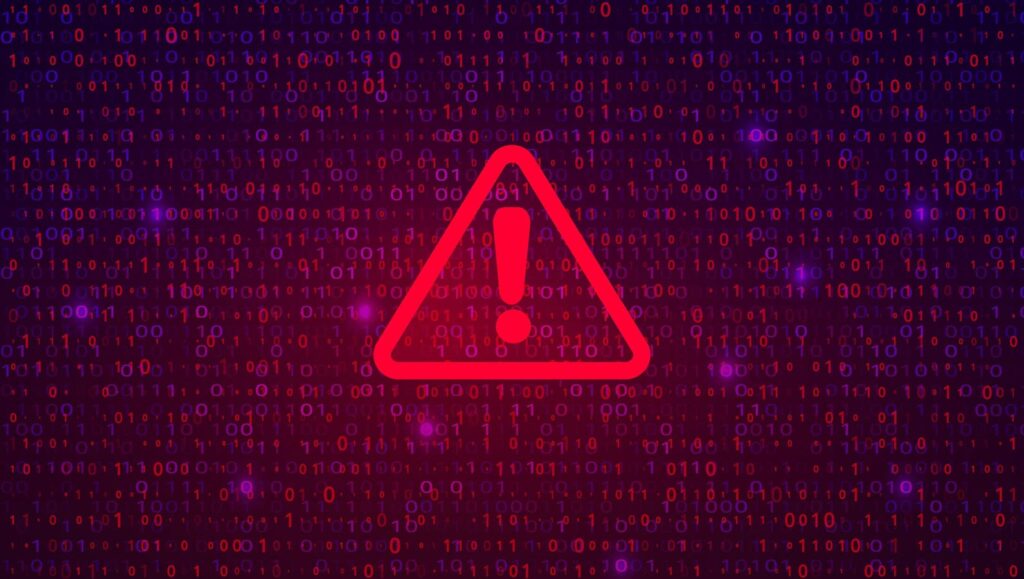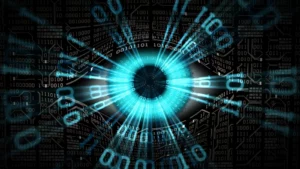
Are You Safe? 15 Ways To Prevent A Hacker Attack Today
As we approach a digital landscape filled with increasing threats, it’s crucial to take proactive measures to secure our online presence. With the rising number of hacking incidents and cyber-attacks, it’s essential to stay one step ahead of malicious actors.
Microsoft Warns Millions Of Windows Users—Do Not Install This Update On Your PC
It may seem obvious, but it is vital to emphasize: practice safe online behavior! Avoid phishing scams, suspicious links, unsafe websites, and unknown email attachments. Be cautious not only with unsolicited communication but also with messages from friends or relatives; they may sometimes get hacked and unknowingly send you malicious links.
Reset all passwords for all online accounts right now and change them every few months, ensuring they are strong and unique. Always use different passwords for each account to limit exposure in case of a breach. Additionally, check for inactive Multi-Factor Authentication (MFA) on all accounts and activate it wherever possible.
Use different email accounts for different purposes. For instance, one email can be used for important accounts like banking and another for less critical accounts, such as entertainment or subscriptions. It’s also essential to regularly review your credit reports for signs of fraud or unauthorized activity.
Regularly check for outdated apps and operating systems on all devices and install updates promptly. Configure devices and software to update automatically On supported devices, use Lockdown Mode to restrict functionality during potential threats. Close inactive online accounts and uninstall apps you no longer use. Limit apps to only the permissions they truly need, especially for sensitive data like location.
Use trusted antivirus solutions to protect your devices from malware. Review and adjust privacy and security settings across all accounts. Set up alerts for account logins and transactions. On social networks, control who can see your posts, profile details, and tagged content. Avoid oversharing on social platforms.
Limit potential phishing attempts and spam by using filters. In Gmail, go to Settings > Filters and Blocked Addresses > Create a New Filter, then specify criteria like keywords, sender addresses, or attachments, and choose actions like automatically deleting or sending them to spam.
Secure your home network by using a strong, unique Wi-Fi password, enabling WPA3 encryption, and turning off remote management. Finally, use external drives or cloud services to back up important files and automate backups where possible.
It’s essential to remember that security may not always be convenient, but it is a small price to pay compared to the devastating consequences of losing your identity, money, or something even more valuable.
In conclusion, by following these 15 tips and best practices, you’ll significantly minimize the risk of a hacker attack.
Source: www.forbes.com


